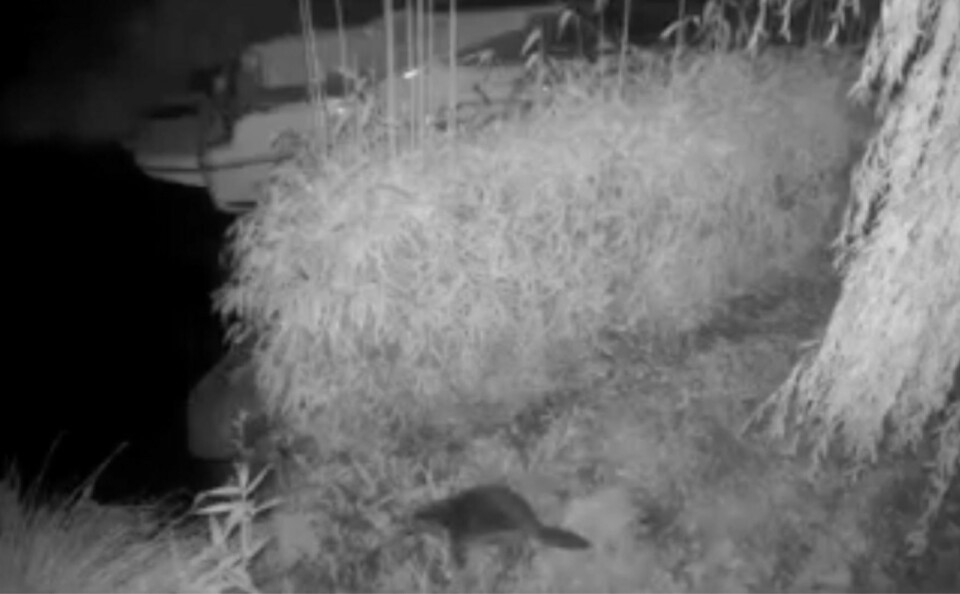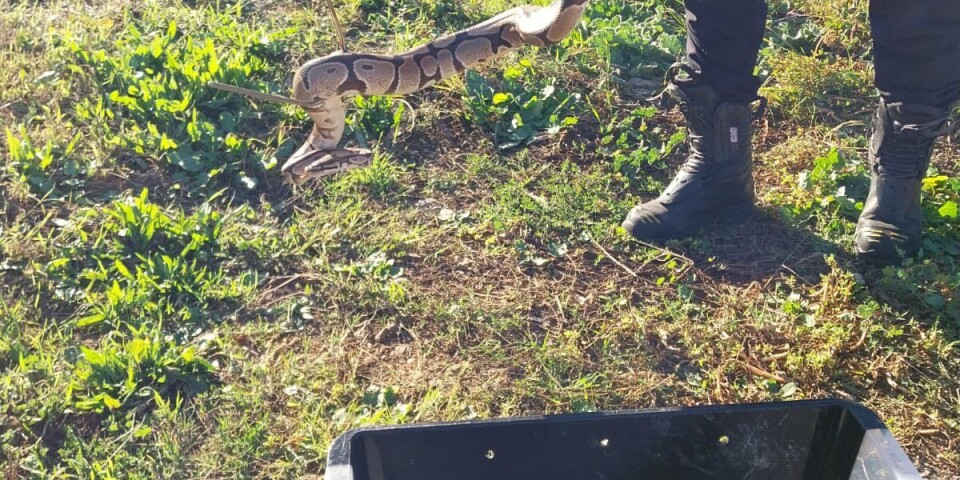-
Photos: tens of thousands of migrating cranes fly across France
The birds can be seen passing from the north-east to the south-west of the country
-
Attention au chien! New map helps walkers avoid guard dogs
Discover how MapPatou helps hikers and joggers in France avoid potentially dangerous guard dogs
-
Discover the fascinating world of peregrine falcons and modern falconry
Explore the majestic bird's nesting habits and the evolution of falconry, from ancient traditions to modern-day racing and breeding practices
Beaver spotted in Loire-Atlantique for first time since 16th century
Previously killed for medicine and perfume, the beaver population is recovering from near extinction in France

A beaver has been sighted in the Loire-Atlantique department (Pays de la Loire) for the first time since the sixteenth century, a local wildlife association reports.
Caught on camera
The animals had been driven nearly to extinction in France, but are now slowly spreading across the country again.
The beaver was filmed at night in Chapelle-sur-Erdre near Nantes on June 25, and the Erdre et Nature group has published a video of the “indefatigable lumberjack” on social media.
Read more: Video - New signs of brown bear antics in the French Pyrenees
Read more: Hidden cameras and DNA from fur confirm wildcats return in the Tarn
Killed for medicine and perfume
“At the beginning of the twentieth century, the beaver was at risk of extinction [in France].
“It was hunted for its fur and its castoreum,” an oily substance secreted from the animal’s castor sac and sometimes used, without evidence, to treat insomnia, menstrual cramps and anxiety.
Castoreum was also previously used “by the food industry to create vanilla and strawberry flavours and in perfume-making for its musky odour,” Erdre et Nature told L’Éclaireur.
Population growing
By the time the 1900s arrived, beavers could only be found in the Rhône valley.
These usages are no longer in existence, and the French beaver population has begun to grow once again after they were reintroduced to the Loire area in Blois in 1974.
Now, beavers can be found in around 50 French departments, but they have not been spotted in western areas until very recently.
Beaver bigger than invasive coypu
Erdre et Nature also stressed that the beaver – which measures up to 1.2m and can weigh up to 30kg – is not to be confused with the coypu (also known as the nutria).
The latter is smaller, only weighing around nine kilograms, and is considered an invasive species because of its destructive burrowing and feeding habits.
Related articles
Found a distressed bird or animal in France? Here’s what not to do
Presence of wolves in Lot confirmed: where are they in France now?
Turtle lays 100 eggs on beach in southern France, tourists kept away
























